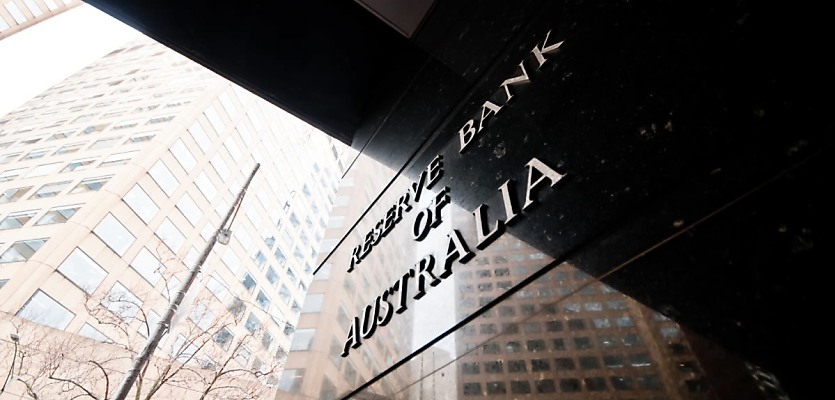With just three months left in 2022, the Reserve Bank of Australia (RBA) has now handed down its first decision of the final quarter.
Following on from five previous, consecutive rate hikes, the RBA has announced that the new cash rate will be 2.60 per cent, a lift of 25 basis points from the previous 2.35 per cent.
A shaky start to spring
The latest from the RBA comes as the property market marks a slower-than-usual start to the spring selling season.
With the country recognising an additional public holiday due to Queen Elizabeth II’s Memorial Day plus the October long weekend, sales across the month of September were certainly impacted.
But even with the October cash rate decision set to have its own knock-on effect on the market, LJ Hooker Group’s head of research Mathew Tiller believes buyer demand is still improving — with people continuing to reassess their borrowing capacity and serviceability.
“The good news is that we can see signs of activity picking up with auction data showing clearance rates in Sydney have been above 60 per cent for the past four weeks,” he said.
Sharing that interest and inquiry levels from investors have improved due to low rental vacancy rates and higher tenant demand pushing rents considerably higher over the past 12 months, Mr Tiller expressed that the changing conditions will likely also see bargain hunters emerge looking for a property with potential for future capital growth.
“Evidence suggests listings are likely to pick up in the coming weeks, with home owners gathering advice and weighing up their options on whether to sell now or hold off until the New Year,” he stated.
The RBA’s impact on pricing
PropTrack senior economist Eleanor Creagh flagged that the fastest rise to the cash rate since 1994 “has seen home prices falling across the country”.
Home prices are already sitting 3.35 per cent below their March peak nationwide, with Sydney and Melbourne leading the falls.
Ms Creagh believes today’s rate hike “will further increase borrowing costs and reduce maximum borrowing capacities, pushing property prices further down”.
“In the period ahead, the level of interest rates will be a key determinant of housing market conditions and the pace and depth of home price falls,” she raised, with more contractions set to come.
Referencing the lagged effect of rate rises, Ms Creagh explained that there’s a large share of variable rate borrowers ahead on repayments and borrowers on fixed terms yet to expire, which means “many mortgage holders are only now beginning to feel the impact of the initial rises”.
Pressures further afield
According to CreditorWatch chief economist Anneke Thompson, global factors have played a key role in the RBA’s latest decision-making.
“Inflation continues to remain sticky in the US, and currency movements make inflation harder to tame in Australia,” Ms Thompson said.
Highlighting that the US Federal Reserve had hiked interest rates another 75 basis points in September, she noted that the United States’ central bank had indicated that it would not stop until inflation “is well under control”.
“This has raised the prospect of recession in the US considerably, and resulted in a downbeat mood amongst equity investors,” she continued.
Closer to home, the chief economist acknowledged that key indicators in Australia remain “fairly stable”, although there are very early signs of labour force pressures easing.
That’s all against an economic backdrop that is beginning to enter a tightening cycle.
According to Ms Creagh, while unemployment figures are still looking strong, stalling job vacancies provide another sign of what’s to come — the first time since the onset of the pandemic that this has been the case.
“There are now 10,000 fewer jobs available in Australia in three months ago. This is a forward indicator for unemployment, and coupled with increasing labour supply through migration, we may have already witnessed our trough in the unemployment rate,” she shared.
“Given strong employment has been such a key driver of consumers’ willingness to spend, the RBA will be watching this data closely. If the unemployment rate does continue to ease, the RBA may choose to make more ‘wait-and-see’ decisions as we move through the remainder of 2022 and in to 2023.”
ABOUT THE AUTHOR

Grace Ormsby
Grace is a journalist across Momentum property and investment brands. Grace joined Momentum Media in 2018, bringing with her a Bachelor of Laws and a Bachelor of Communication (Journalism) from the University of Newcastle. She’s passionate about delivering easy to digest information and content relevant to her key audiences and stakeholders.







You are not authorised to post comments.
Comments will undergo moderation before they get published.